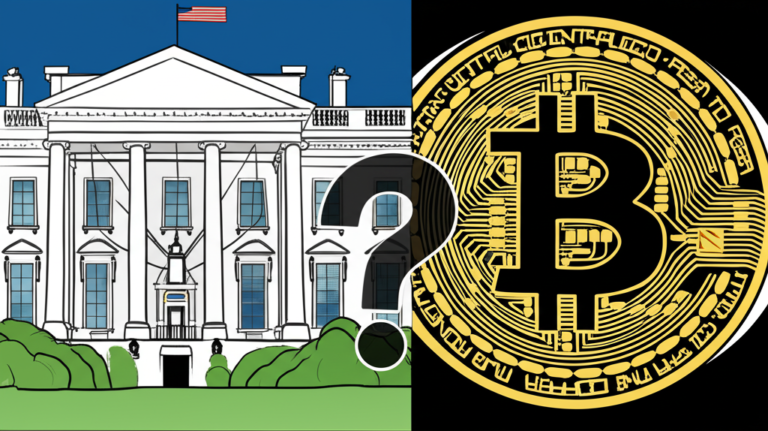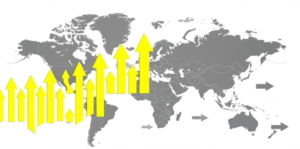Telegram: The Unexpected Incubator for the Next Generation of Web3 Neobanks
The decentralized finance (DeFi) space is constantly evolving, and the latest trend points towards a fascinating shift in the landscape of neobanks. Forget standalone apps; the future of Web3 banking might be nestled within platforms you already use daily, and Telegram is emerging as a prime example. This isn’t to say Telegram itself is becoming a neobank, but rather it’s becoming a fertile ground for their development. Recent articles, like one published on Cointelegraph (https://cointelegraph.com/news/telegram-not-neobank?utmsource=rssfeed&utmmedium=rss&utmcampaign=rsspartnerinbound), highlight this intriguing development.
Telegram’s Unique Position in the Web3 Ecosystem
Telegram’s massive user base (estimated at over 700 million globally, according to various reports) offers a pre-built audience for any financial application built on its platform. Its robust bot API and open architecture allow developers to integrate financial services seamlessly within the existing messaging environment. This contrasts sharply with the need for standalone apps to attract and onboard users from scratch.
Leveraging Telegram’s Strengths for Decentralized Finance
The convenience of accessing financial services directly within a familiar messaging app is a significant draw. Users can manage their crypto portfolios, exchange tokens, and even access lending and borrowing services without leaving the Telegram environment. This streamlined experience could potentially onboard millions of new users to the DeFi space who might otherwise be intimidated by the technical complexities of standalone apps.
Furthermore, the inherent security features of Telegram, including end-to-end encryption for private chats, offer an added layer of security for financial transactions. This is particularly appealing in the context of Web3, where security concerns are paramount.
The Rise of Embedded Finance on Messaging Platforms

Telegram isn’t alone in this trend; other messaging giants are also seeing the potential for embedded finance. We’ve witnessed a growing trend of companies integrating financial tools into existing platforms. This shift towards embedded finance is fueled by user demand for convenience and seamless integration within their everyday digital lives. Several projects are already exploring similar strategies on platforms like WhatsApp and Discord, further solidifying this trend. This indicates a significant market shift, potentially representing billions in future transactional volume.
The Implications for the Future of Neobanks
This model holds significant implications for the future of neobanks. Instead of competing in a crowded market of standalone apps, developers can leverage the existing user bases of popular platforms to gain a competitive advantage. This results in lower customer acquisition costs and faster growth. The success of this approach hinges on providing users with a smooth, intuitive, and secure financial experience integrated directly within the platform they already use daily.
Key Takeaways:
- Telegram’s large user base and robust API make it an ideal platform for building embedded Web3 neobanks.
- The integration of financial services directly within messaging apps offers significant user convenience.
- Embedded finance is a growing trend, with multiple platforms exploring its potential.
- This approach reduces customer acquisition costs and accelerates the growth of neobanks.
- The future of neobanks may be less about standalone apps and more about seamless integrations within existing, popular platforms.










